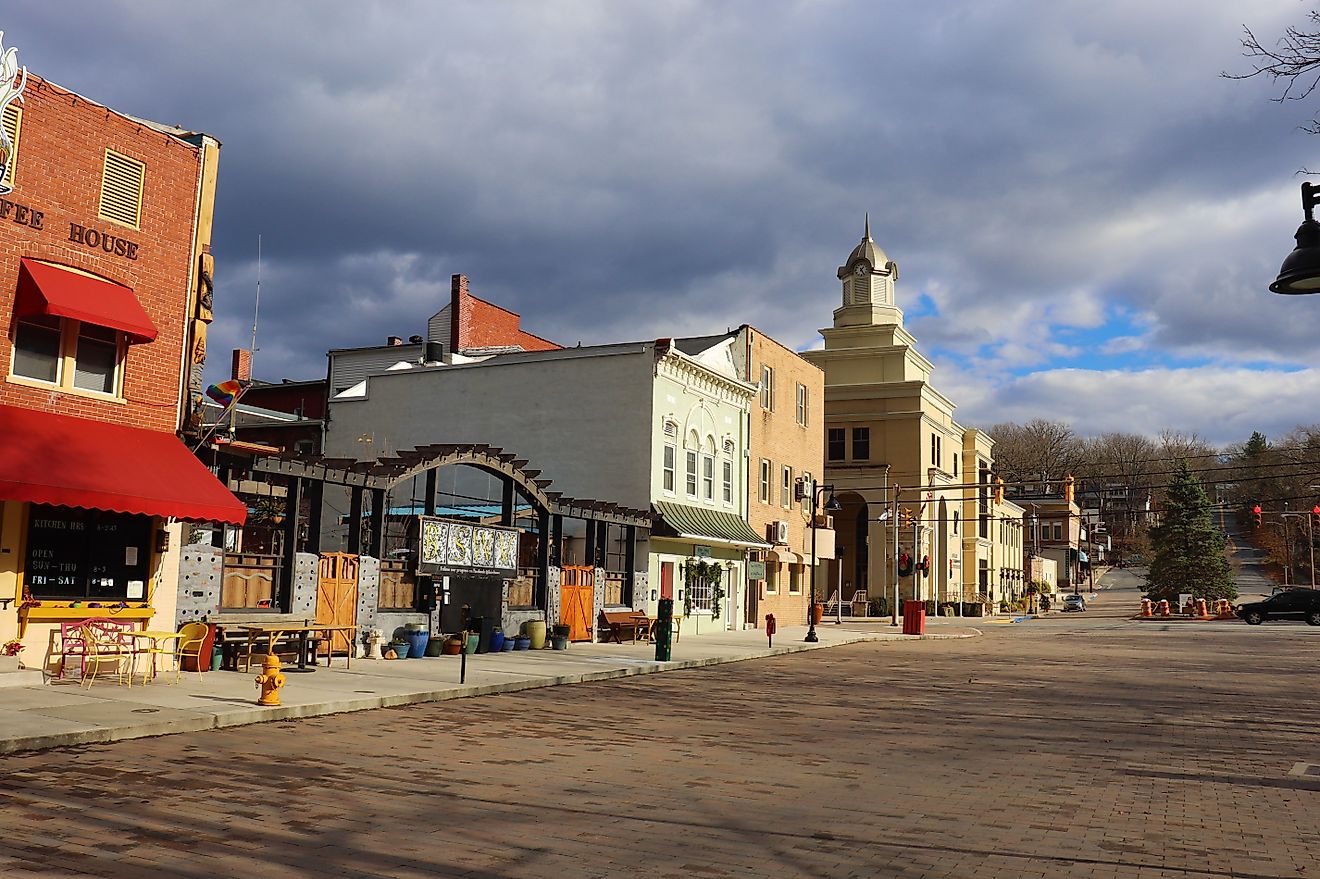
Ibirapuera Park
Ibirapuera Park is an urban park in the heart of São Paulo, Brazil. It covers around 1.5 km2 of land and is considered to be the most visited park in all of South America. It was the first metropolitan park in Sao Paulo, and is a popular city escape for tourists and locals alike. It is a culturally significant park, not only one of the largest in South America - along with with Chapultepec Park in Mexico City and Simón Bolívar Park in Bogota, but its style and importance have garnered recognition across South America and the world, leading to an unofficial international comparison between Ibirapuera and New York City’s Central Park.
History

Ibirapuera Park was the first metropolitan park established in São Paulo. It was officially opened on August 21st, 1954 to coincide with the 400th anniversary of Sao Paulo city. The 1990s saw the green spaces awarded heritage-listed status by both the city and state. This protects the park, and prohibits any further building in the area. Additionally, the complex of buildings in the park that were designed by Niemeyer were also awarded National Historic and Artistic Heritage Institute status, further protecting the park and its structures.
Attractions

Local statistics show that over 10 million visitors come to the park each year, with 2017 recording over 14 million. Ibirapuera is popular for many reasons. It is an extremely picturesque location, and is constantly photographed. It is also well loved for its mixture of leisure activities, exercise facilities, and cultural centers, as well as the lush outdoor spaces. Its large lawns and green spaces offer a break from the giant and urban city that surrounds it. One of the biggest events that occurs twice a year in Ibirapuera Park is São Paulo’s fashion week.

Taking place both in January and July, it draws designers, models and fashion enthusiasts from all over the world. The Biennial of Arts and the Biennial of Architecture and the Ibirapuera art museums can also be found in the park, as the area is rich in art and culture. The Ibirapuera Auditorium and planetarium are also located in the park, as well as the Museu Afro Brasil (Afro-Brazilian Museum). Other notable attractions are the Ibirapuera footbridge, Obelisk of Sao Paulo, OCA -Lucas and the Nogueira Garcez Pavilion.
Wildlife

Another attraction that features plant life specifically, is the Japanese Garden. Similarly, the Manequinho Lopes Vivarium allows visitors to walk amongst gardens and native plants, witnessing the growth of seedlings and shrubs found in the area. These plants are cultivated here, and later re-planted in city areas. Common species include Brazilian wood, Rosewood and Araguaney trees.

Despite being in the middle of one of the largest cities, natural forests still occur in the park. Within the forest, diversity is high, and Brazil in general boasts high levels of diversity when it comes to plant life. Some species found within the green parks of São Paulo include the Toco toucan, the southern muriqui, and the buffy-tufted-ear marmoset, which is endemic to the area. It is thought that 1,113 animal species and 4,768 plant species can be found within São Paulo generally, most of these occurring in the few green spaces like Ibirapuera Park.

Often considered a counterpart to Central Park, Ibirapuera Park is an impressive urban park in its own right. From an abundance of cultural and art museums and exhibitions, to forests and gardens, it is a beautiful and photo worthy escape from the thriving urban city which surrounds it.











